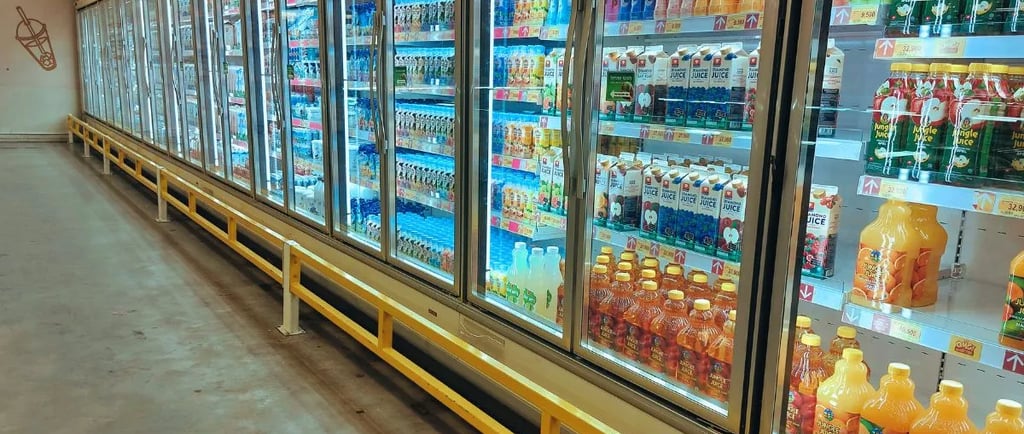How do marketing strategies differ for FMCG products?
Explore key differences in marketing strategies for FMCG products, focusing on agility, brand visibility, affordability, distribution, and digital tactics.


Fast-Moving Consumer Goods (FMCG), also known as Consumer Packaged Goods (CPG), are products of generally low unit value, purchased at high frequency, consumed, and/or replaced by the consumer. These are commodities with short shelf life, characterized by high turnover, rapid sale, and low cost123.
To this end, therefore, the marketing strategies of FMCGs differ in quite a number of ways. Agility and Speed: FMCG marketing calls for agility since the industry takes on a fast lane. This means the strategy should be flexible to change at any one time within the dynamics of the marketplace and competitive landscapes.
These opportunities are very fleeting, and campaigns have to be pushed through to implementation almost immediately.
Brand Visibility and Shelf Space
Fast-moving consumer goods compete for limited space on the shelves of retail outlets. Marketers of these products engage in marketing activities that ensure their products get displayed sufficiently on the shelves.
Design, branding, and point-of-sale displays all serve to draw the attention of consumers.
Affordability and Value Proposition
The value of affordability is of more value to FMCG consumers. The marketing highlights the value for their money.
They use attractive bundle offers, promotions, and discounts to catch the price-sensitive buyer's eye. Distribution Channels: The FMCG product has the maximum reach and thus gets distributed through big distribution channels like supermarkets, convenience stores, and even online retailers, among many others. The marketing strategies also involve a channel-based approach to reach the consumers. Loyalty and Repeat Purchase:
Building brand loyalty is highly important. The repeated purchases drive FMCG sales.
All the more, it's the loyalty programs, customized offers, and customer-engaging activities that motivate a consumer to repeatedly opt for one's brand.
Digital and Data-Driven Marketing
FMCG brands are being digitally targeted with advertisement campaigns on digital platforms, using e-commerce and even the medium of social media campaigns.
Personalization based on consumer data enhances engagement and drives conversions. Meaning, marketing innovations are part of FMCG marketing. Other innovative strategies include:
Augjson
Augmented Reality (AR) and Virtual Reality (VR) experiences to engage consumers.
interactive packaging, either providing additional information or entertaining.
Omnichannel marketing to create a seamless brand experience across online and offline channels.
Positioning of the Product and Repositioning
Positioning is meant to communicate to consumers a product's unique selling proposition (USP). It may get repositioned from its original position if market forces or consumer preference so dictates.
Expansion of the Distribution Network:
Wide-reaching distribution networks make products available to the farthest locations.
Marketing strategies of FMCG target increasing distribution channels.
Lifecycle Strategies
Product lifecycle—introduction, growth, maturity, and decline—understanding of this helps in developing a marketing mix appropriate for each stage.
This is one of the common strategies that change with the change in the product's lifecycle.
Communication and Advertising
The message should be communicated crisply and clearly." FMCG ads generally focus on benefits, how to use them, and the emotional appeal of the product. A constant message across media helps strengthen brand recall.
